Tsuga: description of varieties, tips for planting and care
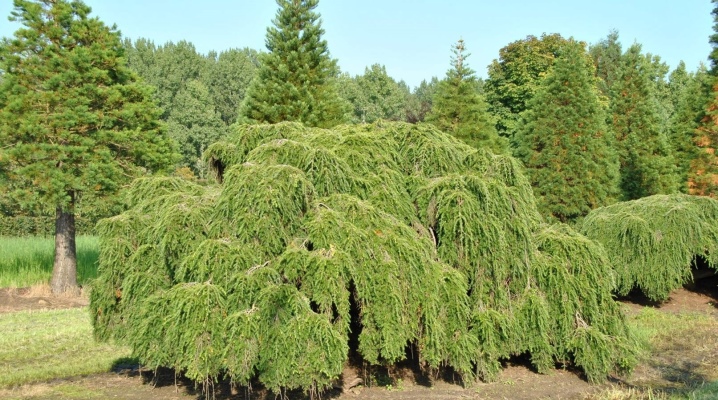
Conifers are very often planted in private areas and in public places. Among such popular evergreens, it is worth highlighting the hemlock, represented by a large number of species and varieties.
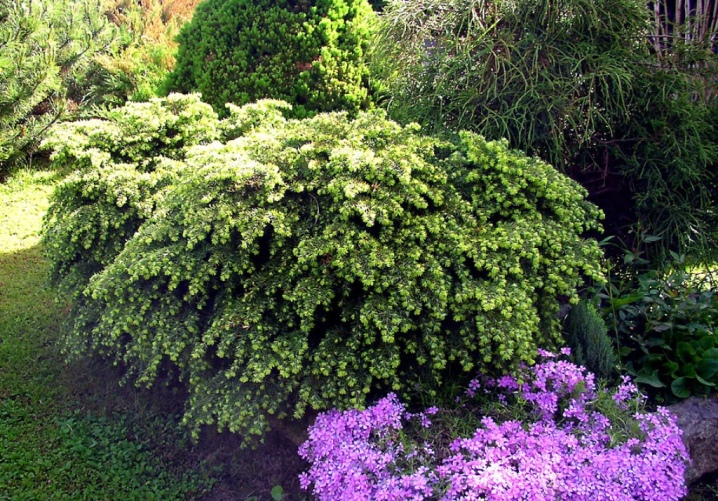
Description
Tsuga is the oldest member of the Pine family. These trees grow all over the world, but the forests of North America, as well as East Asia, are considered the homeland of the hemlock. Some trees can reach the height of 75 meters. The shape of the crown of the culture is similar to that of fir, since it has soft and rather flat needles. Hemlock in America has been studied and discovered several times, in the light of which several names of this plant can be found. Until today, some types of hemlock are called "hemlock", focusing on the primary name of the culture from the Pine family. Over time, a similar tree was found in Asia, which radically influenced its species classification.
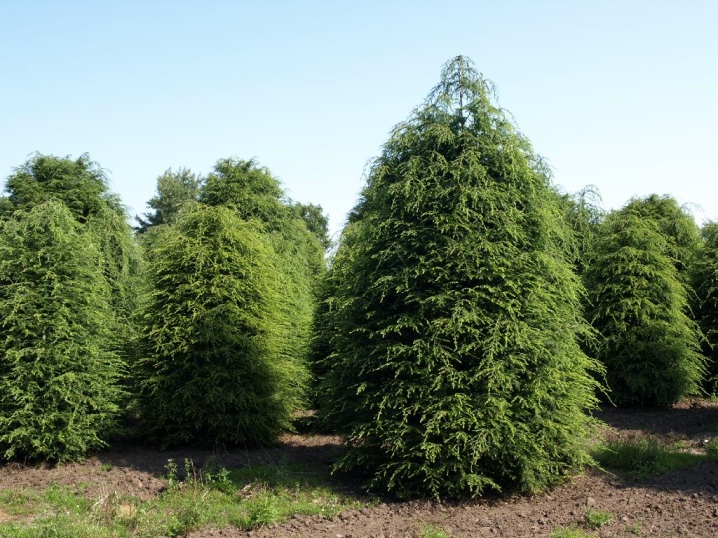
Therefore, the cultures from the two regions were united under a single name for the Tsuga clan.
Today, the coniferous tree includes several dozen species, most of which have been recorded in Asian regions. The hemlock is notable for its unpretentious care, the main requirement of the culture is the moisture content of the soil in which the tree will be planted. Shade tolerance is also worth highlighting among the cultural features. Young hemlock seedlings develop extremely slowly, the flowering of the plant occurs at the end of April and lasts until the beginning of summer, however, the flowers themselves stand out for their nondescript appearance, which in general does not negatively affect the decorative component of evergreen culture.
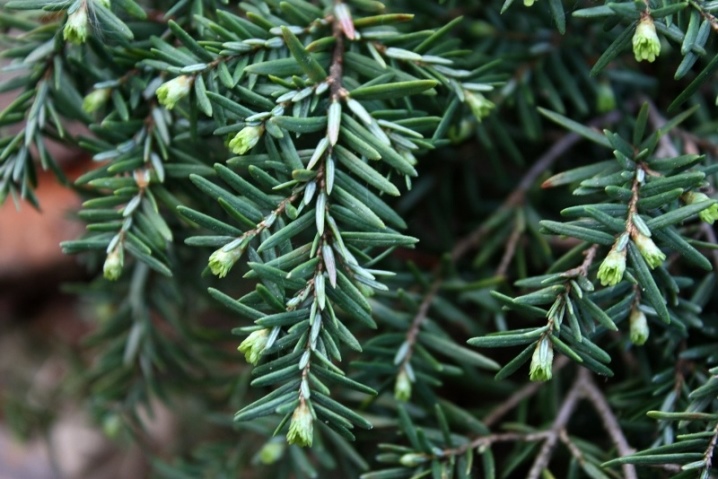
Types and varieties
Today, a unified classification of hemlock has been adopted. Among the most popular species and varieties of coniferous plants, the following crops are worth noting.
Canadian
Hemlock of this species is an elegant and slender tree, the height of which can reach up to 30 meters. The crown has a conical shape. A notable feature of the culture is the ability to have one or more trunks. The bark of an evergreen culture will contain grooves; in adult plants, the trunk will be painted brown. The main branches grow horizontally with their ends tilting downward. The needles are small, usually their length does not exceed 2 centimeters, there is a dullness at the end, the color is predominantly dark green with a glossy sheen and a longitudinal groove. In Canadian hemlock, oval-shaped cones of gray-brown color ripen, their length does not exceed 3 centimeters.
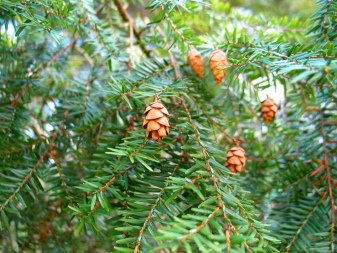
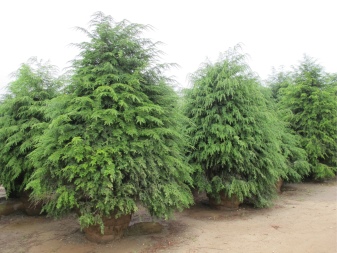
According to the accepted classification, Canadian hemlock is recommended for landscaping public areas, in light of which it is actively used in landscape design.
The varietal assortment of Canadian hemlock remains no less remarkable. It is worth highlighting the most popular crops:
- Albospica - the culture is notable for the variegated color of the needles;
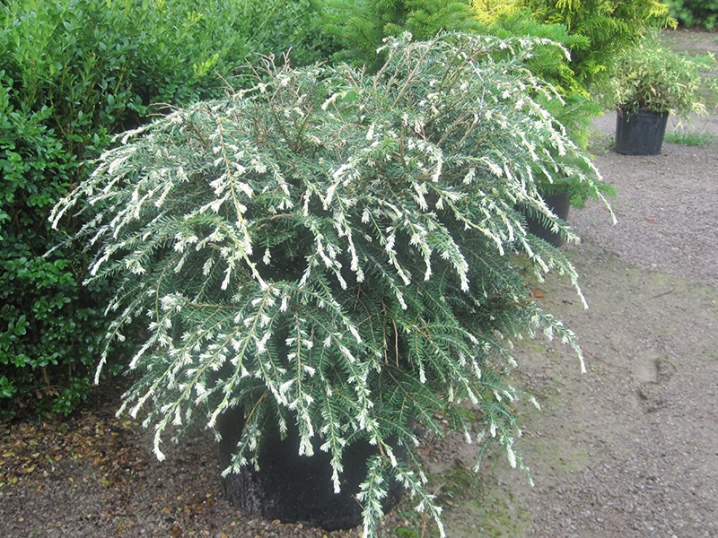
- Everitt Golden - yellow conifer;
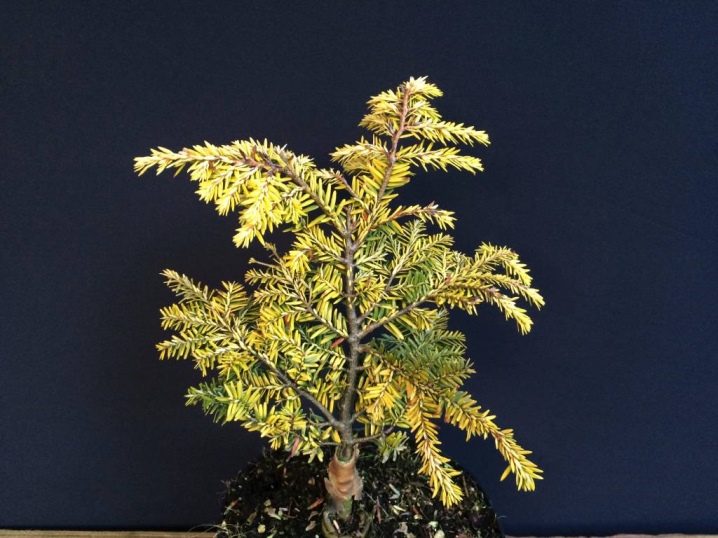
- Nana - miniature variety, notable for its drooping branches;

- Pendula - an exquisite variety of tall evergreen ephedra, the branches of which stand out for their weeping structure;
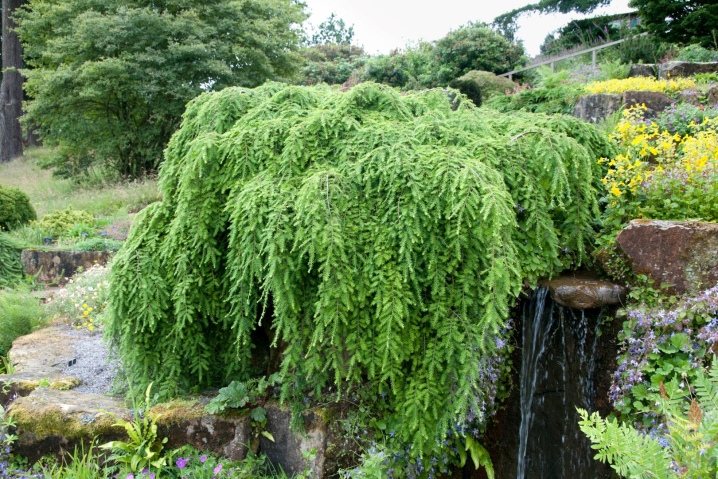
- Jeddeloh - another dwarf representative of the Canadian hemlock, the branches of which provide the plant with a semicircular shape, since they grow on the trunk in a spiral;
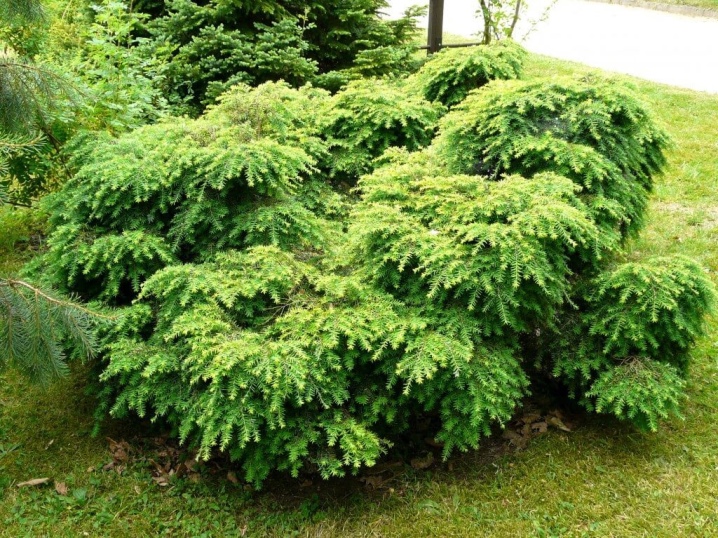
- Cole's Prostrate - a creeping variety of ephedra with olive-colored needles, growing rather slowly.

Western
Western hemlock stands out with an average growth rate, the tree can grow to a mark of 40-60 meters. The needles form small cones, while they may contain white stripes on the surface. The birthplace of culture is North America. The habitat of culture in the wild is considered to be coastal zones, mountain slopes. The shape of the crown is broad-ended, the ends of the shoots will slope downward.
The root system of the plant is superficial, rather branched, in light of which, when planting, it requires mulching the trunk circle.
Western hemlock is represented by the following decorative varieties:
- Argenteovariegata - attractive culture with white and variegated branches;
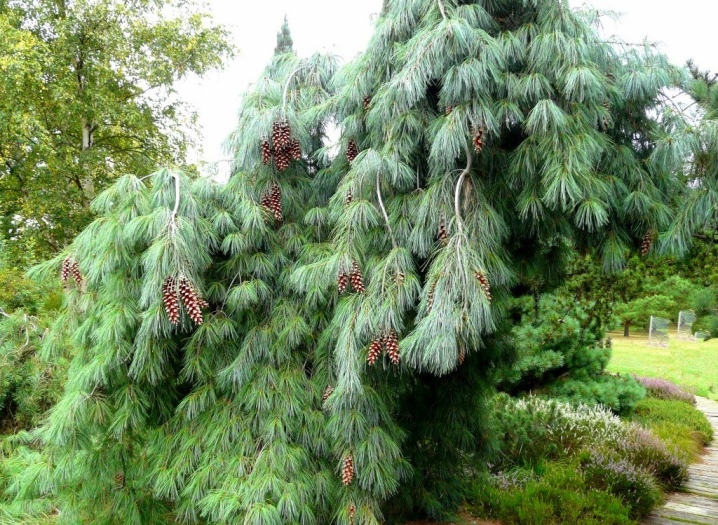
- Conica - a miniature variety with a pin-shaped crown, reaching a height of 2-3 meters;

- Ray godfray - an evergreen culture of medium size, developing extremely slowly, at an early age it has drooping shoots, which rise with age.
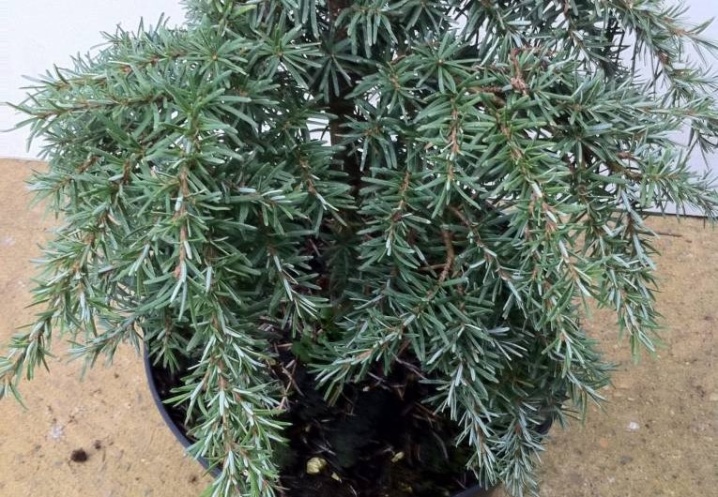
Mountain or Mertens
Another type of evergreen culture, which is native to North America. Plant height can reach 40 meters with a trunk diameter of about 150 centimeters. The crown of the mountain hemlock will repeat the outlines of the cone, while the color of the trunk varies from dark gray to reddish-brown. The tree has cracks and numerous scales. The branches are predominantly brown, with dense pubescence. The buds of the culture are ovoid, their length usually does not exceed 3-4 mm. Needles of a needle type, about 30 mm long, which develops in all directions.
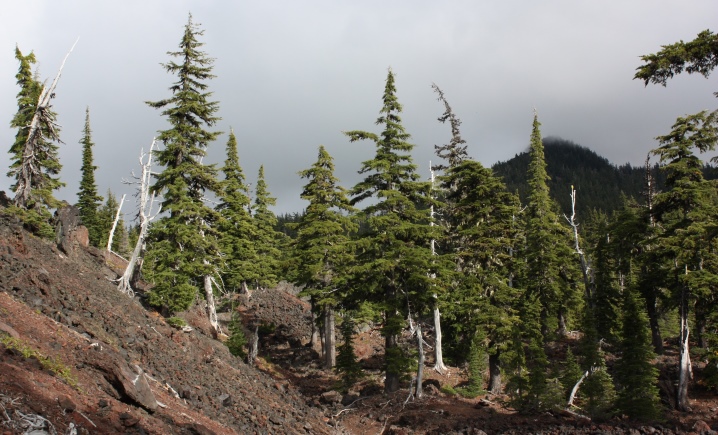
The female cones on the hemlock will be colored purple; during the ripening period, they may change color to gray. The scales of the cones are fluffy, open in an attractive fan with rounded edges.
Among the subspecies encountered, it is worth highlighting 3 common cultures:
- Tsuga mertensiana var. mertensiana;
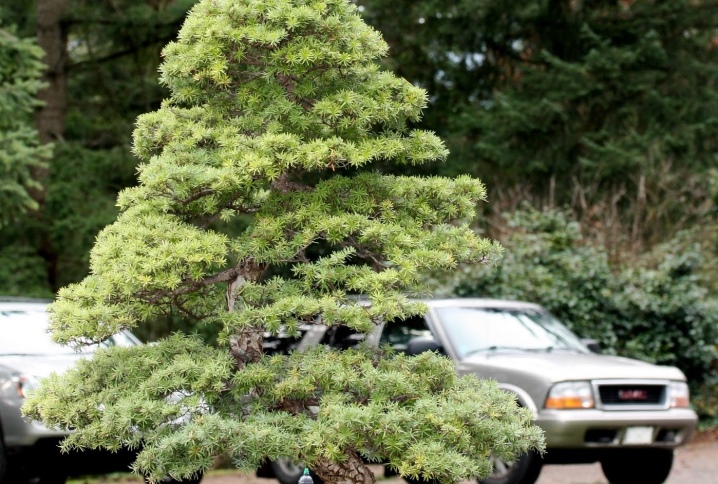
- Tsuga mertensiana var. jeffeyi;
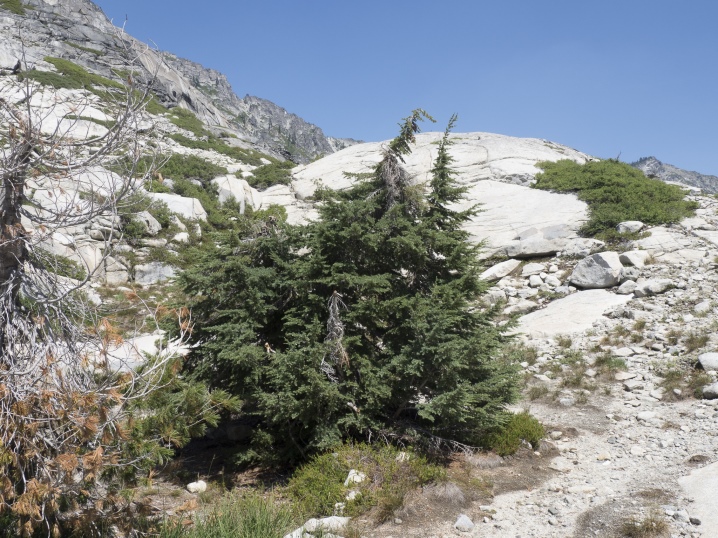
- Tsuga mertensiana subsp. grandicona.

Landing rules
All types and varieties of hemlock stand out for their ability to develop in the shade, but needles can also be planted in places with diffused lighting. It is recommended to shade young seedlings of an evergreen. Besides, fragile crops will require additional protection from wind gusts... These points should be taken into account when choosing a suitable place for planting hemlock. Large trees and medium-sized seedlings prefer loose soil, in addition, the hemlock should not be deeply rooted.
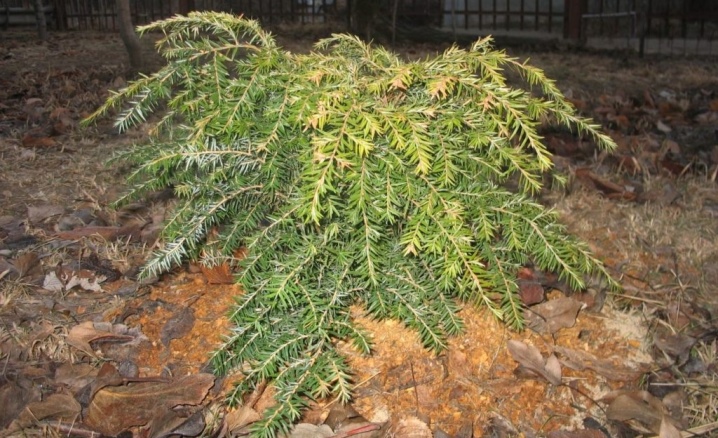
It is preferable to plant it in a substrate consisting of sand, leafy soil and turf. Lime soil for needles is categorically not suitable, in it the slower growth rates will be pronounced.

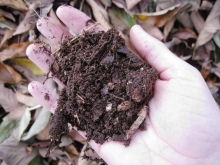
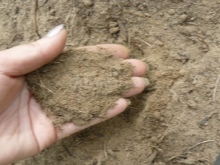
To normalize the growth and development of the culture, it is worth additionally including a mineral complex in the prepared soil at the rate of 150-200 grams per plant.
The recommended time for planting work is considered the period from April to August. If the culture does not take root in a single copy, next to pines or other needles, then the distance between plants should not be less than 80 centimeters with a maximum indicator of 1.5 meters.
Follows the fate of gardeners' recommendations regarding the size of the planting hole. Its depth should be at least 70 centimeters. All varieties, including variegated varieties, varieties "Jeddeloh", "Nana", "Pendula", "Compact" adapt rather painfully to a new place after transplanting., therefore, the choice of a site for growing an evergreen crop should be deliberate.
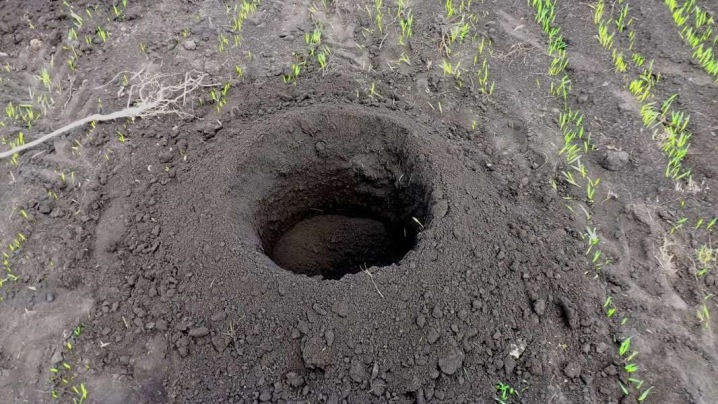
Planting hemlock consists in placing the plant in the center of the prepared recess. It is important to straighten the entire root system of the needles as much as possible, after which the hole is covered with prepared soil mixture, the soil is tamped, and watered abundantly. The trunk circle is additionally mulched.

This has a positive effect on the winter hardiness of the tree, which will be especially true for regions with a harsh climate.
Care features
After rooting, an unpretentious evergreen plant will require the implementation of mandatory agrotechnical measures, which consist of the following work.
Watering
Hemlock belongs to moisture-loving crops, so the owner of such a plant in the garden will need to regularly moisten the needles. For an adult hemlock, it will be enough to inject at least one liter of water per week into the trunk circle. In addition to root moistening, spraying of the branches will positively affect the color of the needles and the appearance of the plant, thereby increasing the humidity of the air near the tree.
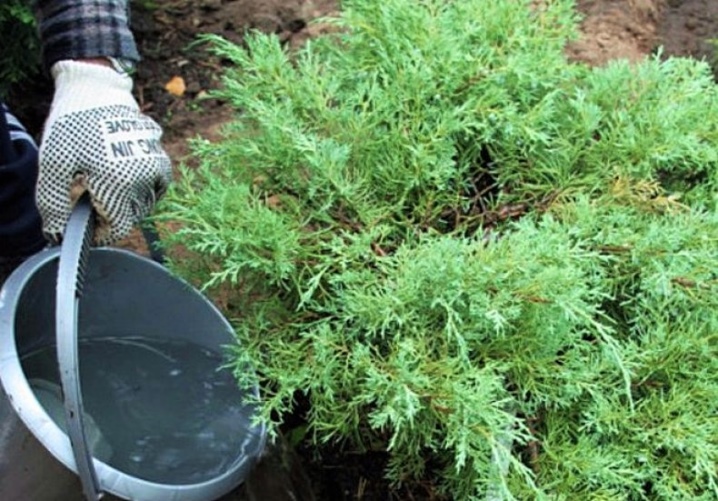
Soil loosening
An obligatory event regarding care, which is recommended after each watering of a hemlock. This will help to establish aeration in the soil, avoid the formation of a crust on the surface, and also prevent the development and growth of weeds in the trunk circle. However, it is worth carrying out such work with extreme caution due to the superficial location of the root system.

You can go deeper into the ground with the tool no more than 10 centimeters.
Pruning
It is only necessary to carry out formative pruning for adult needles in order to make its crown attractive. Young seedlings will not need this type of care. Usually, sanitary and corrective pruning is carried out with the arrival of heat. As a rule, the plant adapts quite quickly after such manipulations with the shoots.
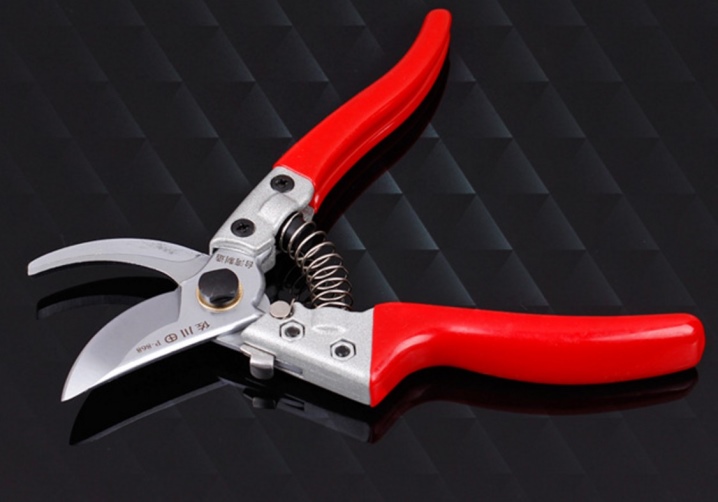
Preparation for wintering
Healthy adult conifers usually do not need additional root cover. Therefore, the trunk circle is mulched only for young seedlings. For these purposes, organic materials such as peat or spruce branches are used. In winter, with significant drops in temperature, the needles can change their color from green to red, but this does not mean at all that the culture has suffered from frost. Additional shelter will be needed only in those regions where the temperature drop on the thermometer can reach -25 degrees.
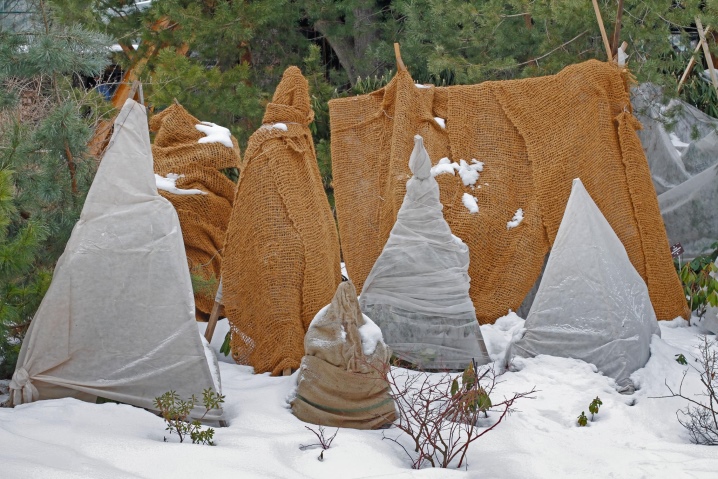
Usually, mulch is placed near the crop in November, removing the covering layer closer to April.
Hemlock rarely suffers in the garden from invasions of pests or diseases. However, among the common insects that can harm the needles, it is worth highlighting the hemlock, pine scabbard, hemlock and spider mites. To destroy pests, store-bought insecticides and fungicides are used. There are cases of damage to the needles by rodents - in order to avoid this, you will need to cover the trunk below with a non-woven material.
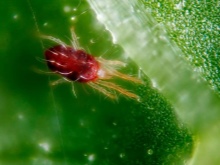
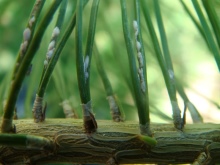
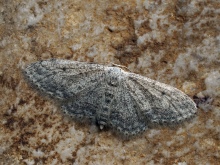
Among the ailments affecting the culture, root rot should be noted., which occurs due to errors related to care, in particular - watering. The disease manifests itself in a slower rate of development of the tree, which can lead to death as a result.
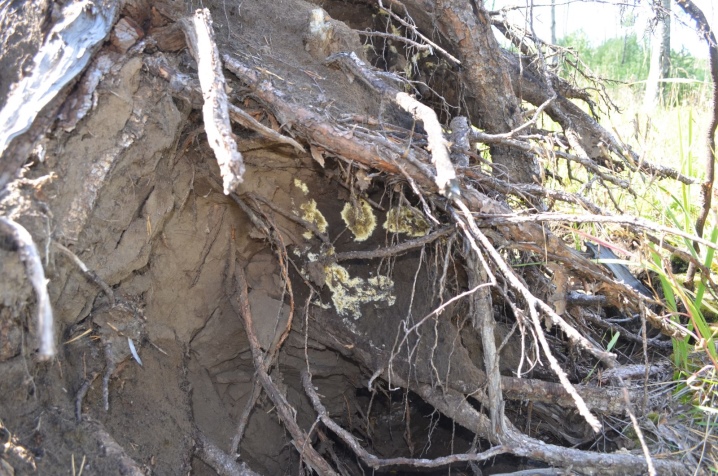
To save the needles, transplanting hemlock is recommended, as well as processing and removing the affected areas of the root system, however, large crops, in the light of their impressive size, will be much more difficult to save.
Reproduction
Coniferous culture is propagated in several ways:
- by planting seed;
- vegetative method.

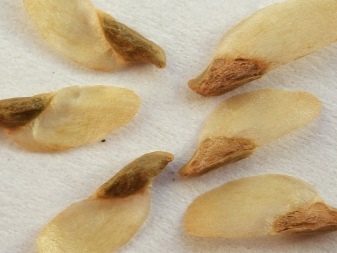
In the first case, it will be possible to collect suitable material only from crops that are more than 20 years old. Such seeds are sown in special containers with loose soil, keeping the containers for 4 months in a room where the air temperature will not rise above +5 degrees. Over time, the seedlings can be rearranged into a lighted room, where the air will be warmed up to +15 degrees. When seedlings appear, it is allowed to gradually accustom them to heat, growing them in a temperature range from +19 to +23 degrees.
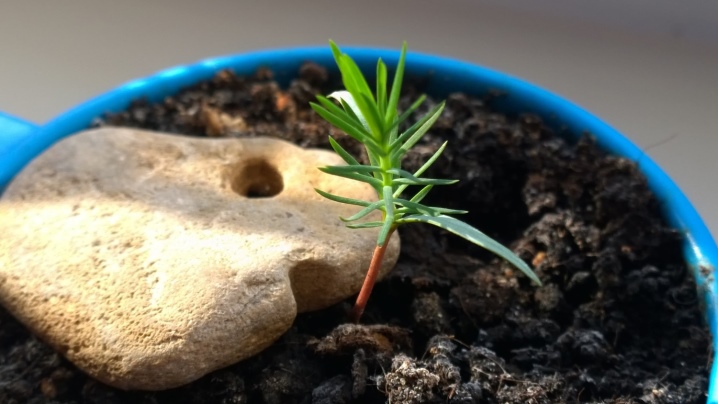
As a rule, in this way about half of the planted seed emerges.In greenhouses, hemlock should grow until they reach 2-3 years old, after which young trees can be rooted in the garden.
The vegetative method involves obtaining new crops from hemlock cuttings. For germination, young shoots are selected from the sides of the culture, which, after cutting, are kept in a growth stimulator, after which they are rooted in loose fertile soil at a right angle. Cuttings are grown in a warm room with high humidity and diffused lighting. If necessary, cuttings can be rooted directly in the garden. They stand out for their high survival rate, as well as resistance to frost.

High-quality hemlock varieties are propagated by grafting; Canadian hemlock can be used as a stock.
Use in landscape design
Decorative dwarf varieties with creeping branches will become a real decoration and wonder in the garden, forming an attractive green carpet on the site.

Fluffy coniferous varieties with whitish ends on the shoots do not need to be supplemented with any other plants, since even with a single planting they will become the main highlight of landscape design.
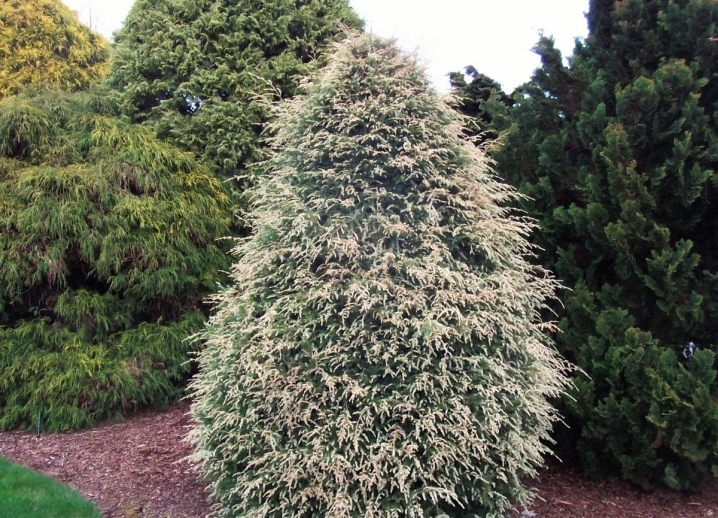
An evergreen plant will look no less attractive in a composition on a garden bed with other plants. Thanks to the beautiful and fresh needles, such projects for decorating the site will turn out to be a worthy option for decorating any place in the garden.
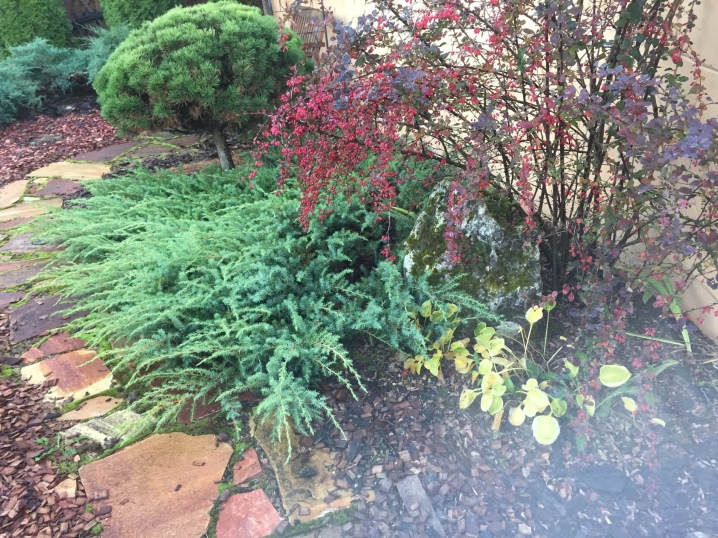
For more on the Canadian hemlock, see the video below.



































































The comment was sent successfully.